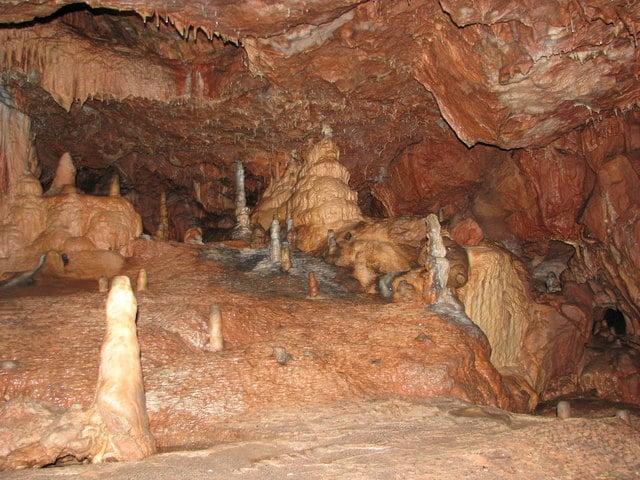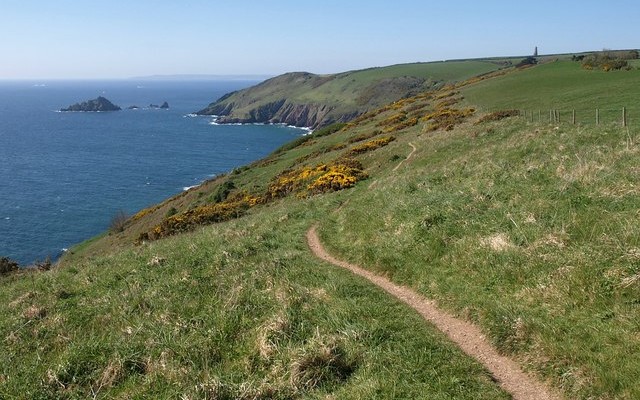Interesting information
The caves are within the Devonian limestone and were formed by water erosion over millions of years. Interestingly, although the limestone is naturally white, much of Kents Cavern appears reddish-brown due to the iron oxide contained in the material above (similar to the south Devon soil).
Some of the most notable geological features are formations of calcium carbonate also known as calcite. These include impressive stalagmites (growing from the floor). Kents Cavern has yielded some important fossil remains including such remarkable creatures as sabre-toothed cat, cave bear, mammoth and woolly rhinoceros. Many of the larger bones clearly show the marks of hyena teeth.

